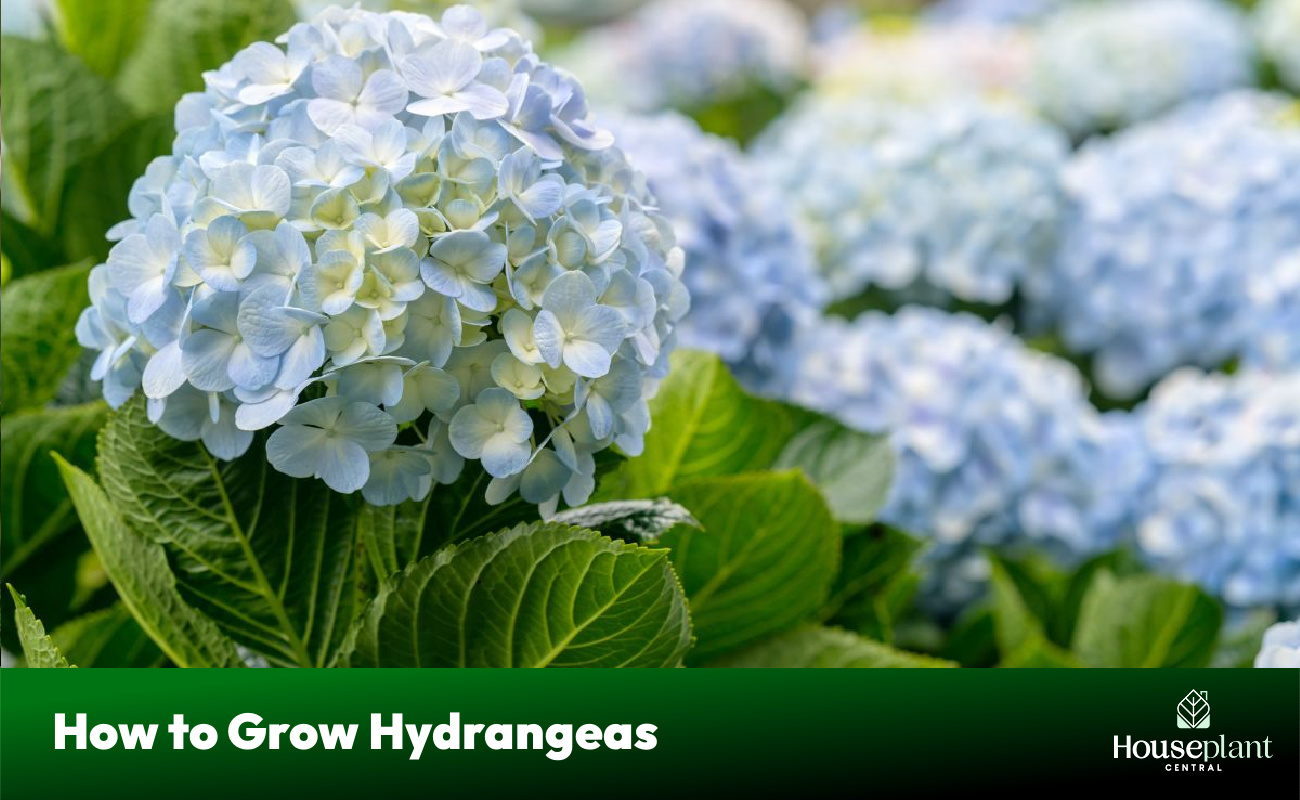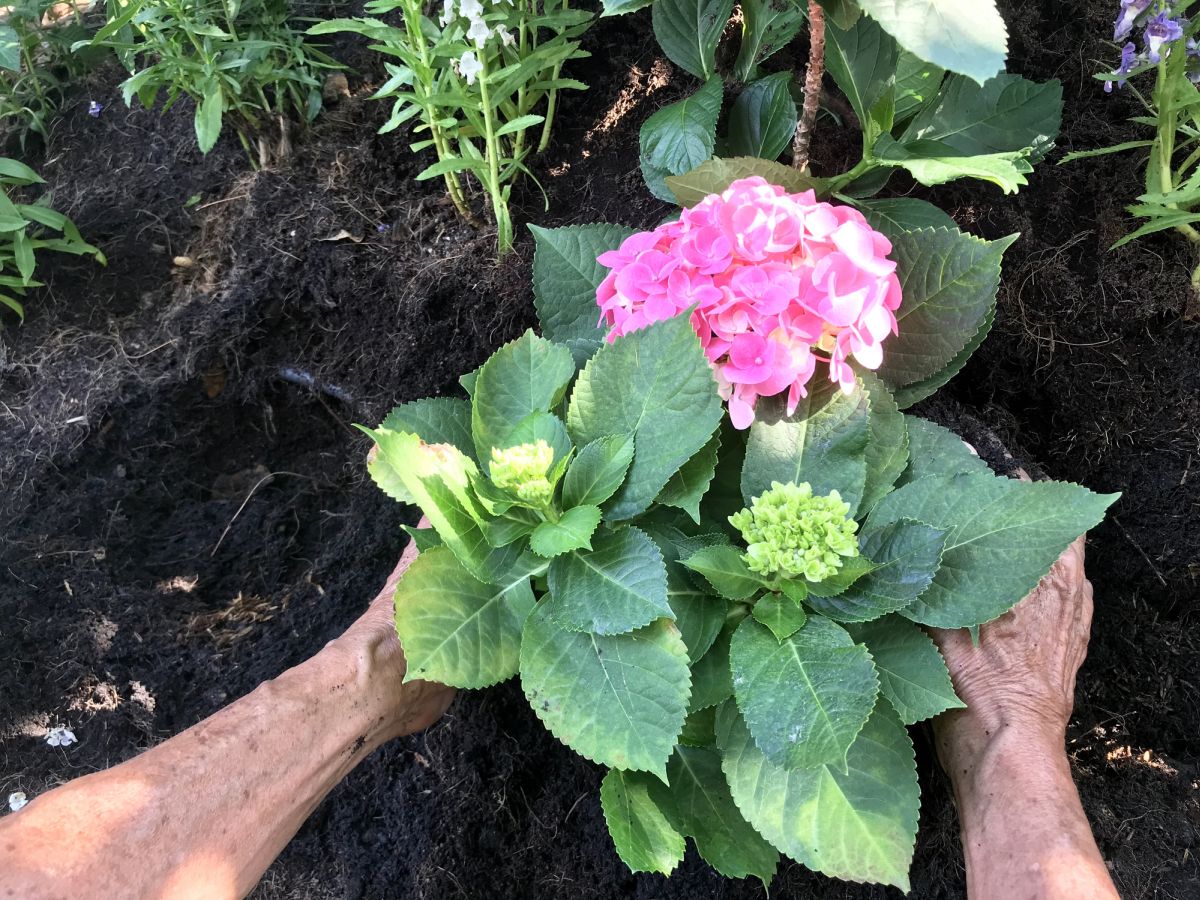The Hydrangea plant is a beautiful flowering shrub that is commonly found in Asia and the Americas. These plants are known for their strikingly large clusters of vibrant and colorful blossoms.

Hydrangeas are beautiful and hardy bushes that require a good amount of moisture but can be a great addition to any garden. There are several types of Hydrangeas that are commonly used in home gardens. The Bigleaf or Mophead Hydrangea grows up to 10 feet tall and wide and features large leaves. The Smooth Hydrangea is smaller and blooms on new growth in the spring. The Oakleaf Hydrangea has leaves that resemble those of an Oak tree and blooms on old growth. The facile Hydrangea has cone-shaped bloom clusters and blooms on new growth in the spring.
To plant Hydrangeas, it’s best to do so in the fall or early spring to allow for healthy root development. It’s important to choose a location that has adequate sunlight, soil quality, and moisture accessibility. In Southern climates, morning sun and afternoon shade are ideal. In Northern climates, all-day sun is acceptable. Hydrangeas prefer soil that can retain moisture but still provide enough drainage. Adding organic matter like peat moss or compost can improve soil quality. If you want your Hydrangeas to bloom blue instead of pink, choose a site near evergreen trees as their needles naturally increase soil acidity.
For those living in USDA growing zones 7 or higher, Hydrangeas can be grown in containers. With proper care and attention to planting location and soil quality, Hydrangeas can thrive in any garden.

Once you have finalized the perfect spot for your new Hydrangea bush, it’s time to start planting. Dig a hole twice as wide as the container and around two to three inches deeper. Add a layer of compost or bone meal evenly to the bottom of the hole and loosen the soil and roots by squeezing the root ball after removing the plant from the container. Place the bush in the center of the hole and spread the roots out as much as possible. Backfill the hole with the removed soil until it is even with the top of the root ball’s soil. Water the plant immediately and add a two-inch-thick layer of mulch around the base, leaving three inches of space between the branches and the mulch’s inner perimeter.
Companion planting can help both aesthetically and with the plant’s health. Shrubs like Gardenia, Azaleas, Holly, and Boxwood complement Hydrangeas. Shade-tolerant perennials like Ferns, Hostas, and Foxglove work well around the base of larger Hydrangea bushes. Daylilies, Dianthus, and Salvia are suitable options for smaller bushes. If you prefer changing the aesthetic, choose flowering annuals like Coleus, Impatiens, Begonias, Marigolds, Petunias, or Zinnias.
Consistent watering is essential for a healthy Hydrangea. During the growing season, water your plant one to two times per week, increasing if needed during high heat. The leaves will naturally wilt and curl during extreme heat but should perk back up in cooler temperatures. Fertilization is not necessary if your soil is rich in organic matter; instead, add a thick layer of organic matter in spring to boost soil fertility. Prune your Hydrangea based on whether it blooms on old or new growth. Use sterile shears to remove dead or damaged branches, crowded, or ingrown branches.
If you live in areas with long, cold winters, wrap your Hydrangea bush with heavy-duty burlap before the first snowfall to protect it. If the bush is in a windy area, tie and wrap the outer branches for extra support and protection.
Regular maintenance is required, but a healthy Hydrangea will reward you with big, beautiful blooms perfect for your floral arrangements.
